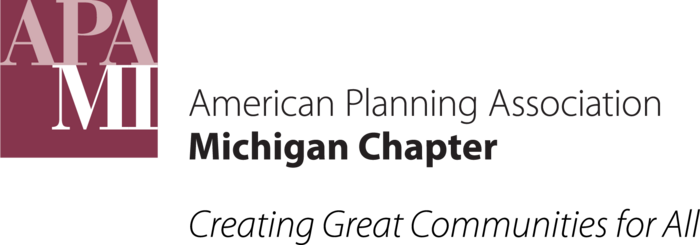V. Compendium of Zoning Solutions
What tools does a community have to give the shoreline space to move and a natural border?
This Compendium provides an array of zoning regulations that municipalities can use to protect shoreline development from coastal hazards, as well as preserve the shoreline’s character and ecology that are so integral to Michigan’s economy. This section is broken into four parts:
- Primary Zoning Tools are key tools which most directly accomplish the twin goals of giving the lake space to move and a natural shoreline.
- Zoning Districts create a holistic set of regulations that address many aspects of land use at once.
- Zoning Overlays apply to specific areas or features, and implement one or more targeted regulations.
- The Other Tools section includes regulations, processes, and standards that are part of the suite of regulations that help accomplish shoreline resilience.
Each tool includes a definition, an explanation of how it supports resilience, a description of how it is used and which other tools may be used in conjunction with it, and possible obstacles to implementation. It also names an example from a Michigan coastal community, and describes specific tasks required for implementing the tool in addition to the basic tasks described in the previous section. Additional community examples are included in Appendix __.
1. Primary Zoning Tools
Communities considering the use of their zoning ordinance to address coastal hazards have a dizzying array of options to consider, many of which are outlined in this Compendium. Most of these tools incorporate one or more of the following Primary Zoning tools. These tools may be adopted individually, or may be included in a zoning district or overlay zone.
Map Amendments
The zoning map illustrates the geographic location of the districts included in the ordinance. Map amendments change the zoning designation of a parcel or parcels. For many of the zoning tools highlighted in this Compendium, a map amendment should include:
- Check to see if the map change is included in the comprehensive plan’s Zoning Plan. If not, consider amending the master plan to support the proposed map changes(s).
- If rezoning a parcel or parcels, collect legal descriptions for affected properties. This information will be necessary for public notice of the zoning changes, as well as for a change to the official zoning map, if approved.
- If creating an overlay district, identify all property to be included in the overlay district. This should include a list of tax parcels and a legal description of the overlay area. This information will be necessary for public notice of the zoning changes, as well as for a change to the official zoning map, if approved.
1. Primary Zoning Tools
Shoreline Armoring Prohibition
2. Zoning Districts
Planned Unit Developments (PUD)
3. Overlay Zones
Natural Features / Sensitive Area Overlay
4. Other Tools
Non-Conformity and Variance Standards
Moveable Structure Requirements
Marinas and Special Waterfront Uses
Permit Review of State-designated Lands

